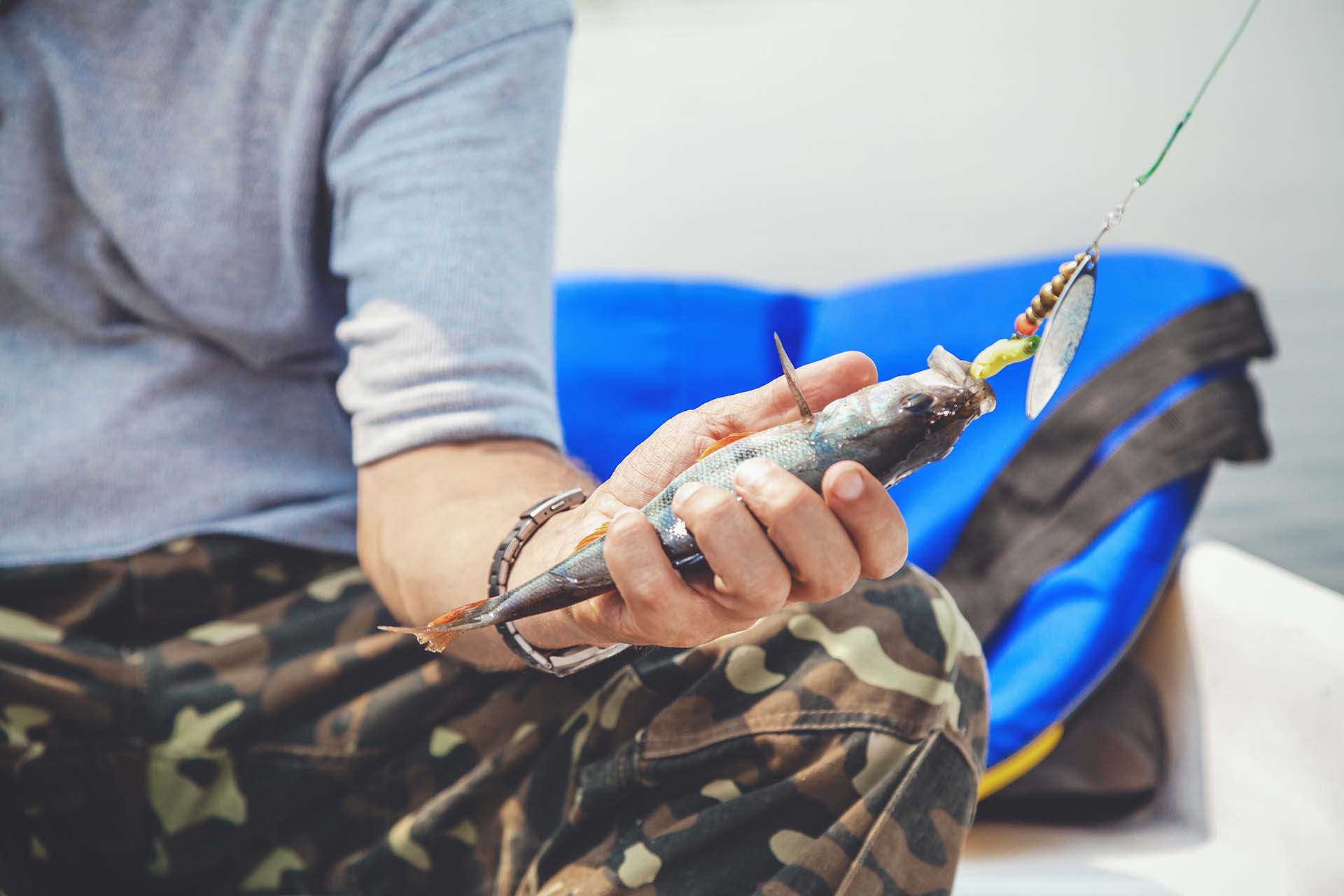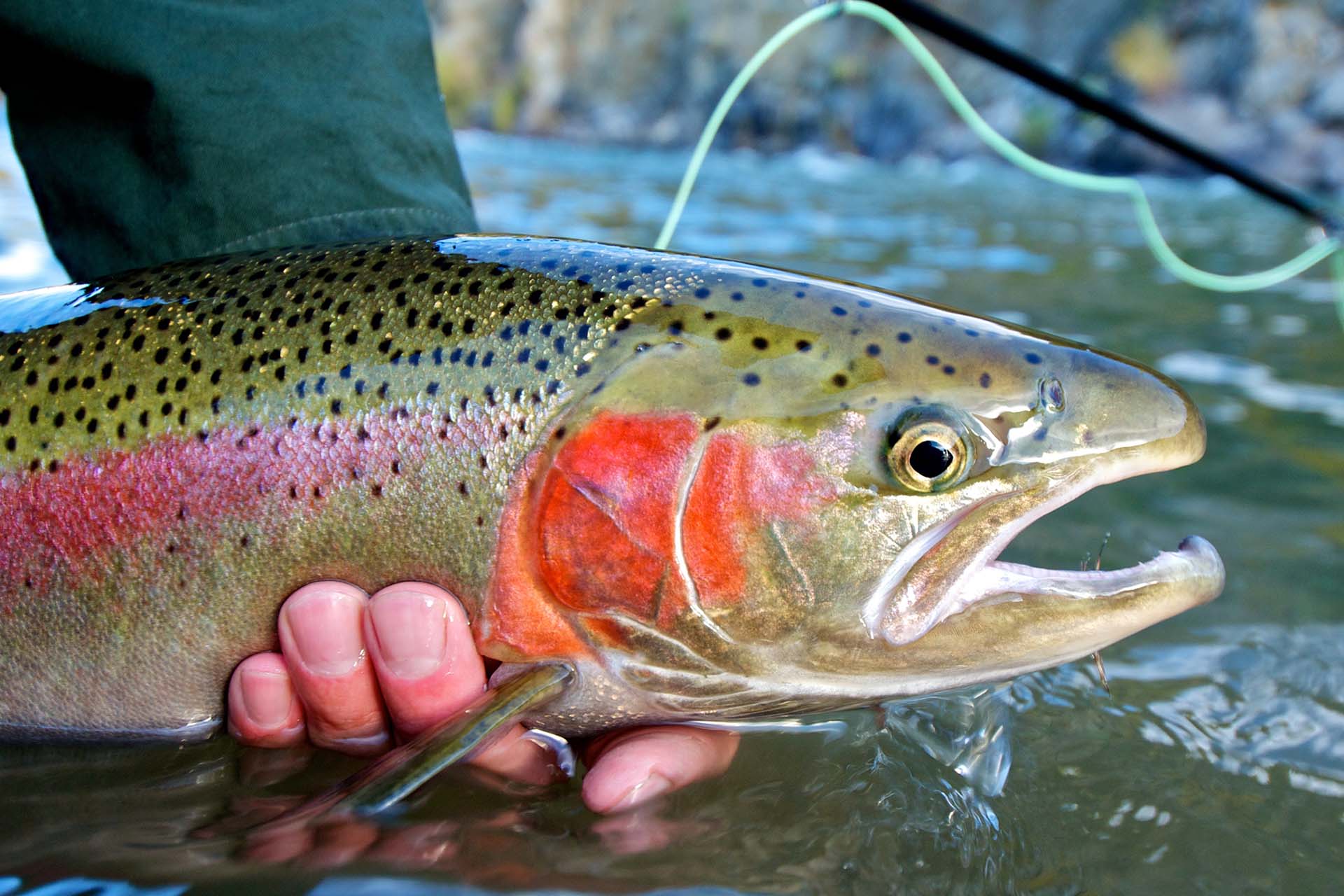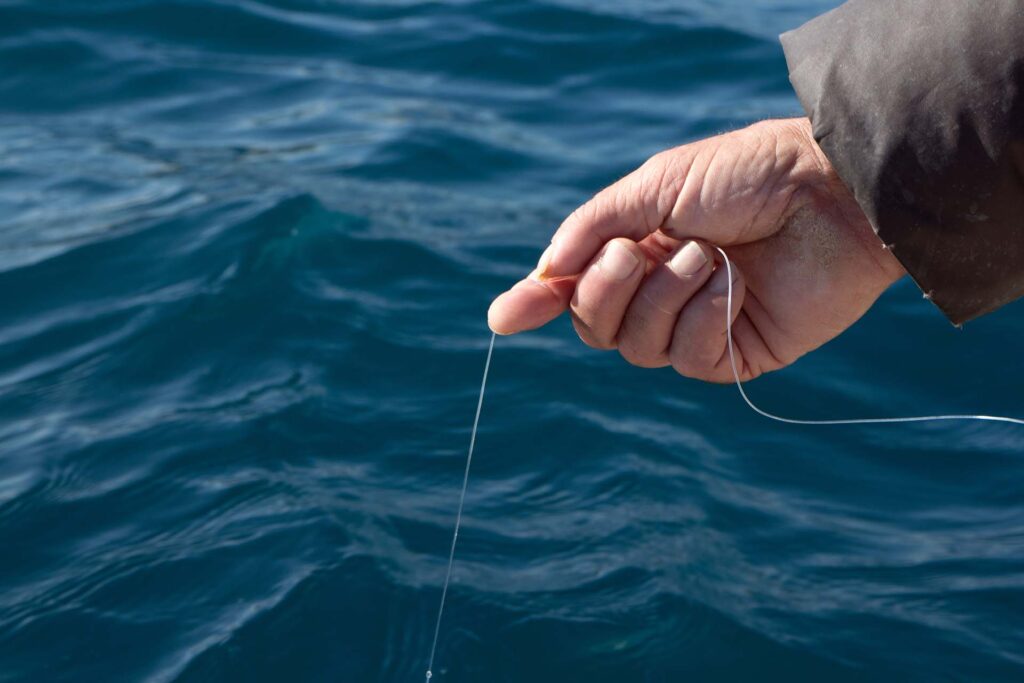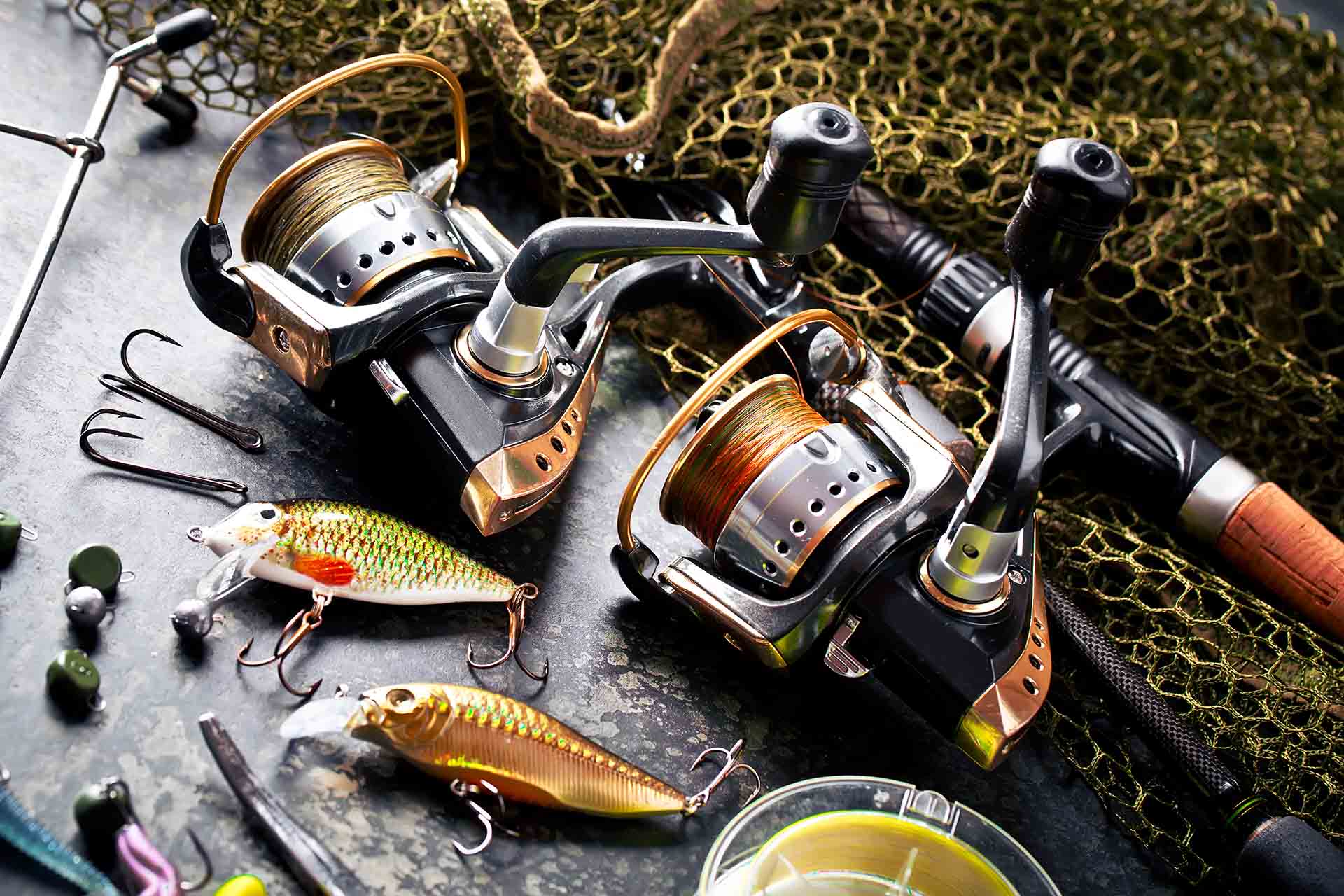Dive into the enthralling realm of spinnerbait fishing, where the art of angling meets the precision of science. Uncover the secrets behind successful angling as we explore the techniques, strategies, and captivating dance of metal and water that lure in the catch of a lifetime. Whether you’re a seasoned pro or a novice angler, join us on this journey and savor every cast as an opportunity for excitement and discovery.
Spinnerbaits exhibit intricate behaviors underwater, attracting and engaging various fish species through their spinning blades and lifelike presentations. Lovers of these lures are equipped with the knowledge, the right gear, and various techniques to entice strikes effectively and have an exceptional angling experience. They prioritize using environmentally friendly materials to minimize their impact on aquatic ecosystems while enjoying the thrill of lure-based angling.
What Is Spinnerbait Fishing?
Spinnerbait fishing is an exciting angling technique that combines the art of luring fish with the science of bait presentation. This bait consists of a wire frame adorned with spinning blades, skirts, and hooks. This combination creates a dynamic and eye-catching lure that mimics the movements of prey, attracting the attention of predatory fish species like bass, pike, and muskies.
The spinning blades generate vibrations and flashes, making it versatile for various fishing conditions and water depths. Anglers employ different retrieval techniques and tackle setups to entice strikes. Making this technique an artful pursuit that demands a deep understanding of fish behavior and a touch of creativity.
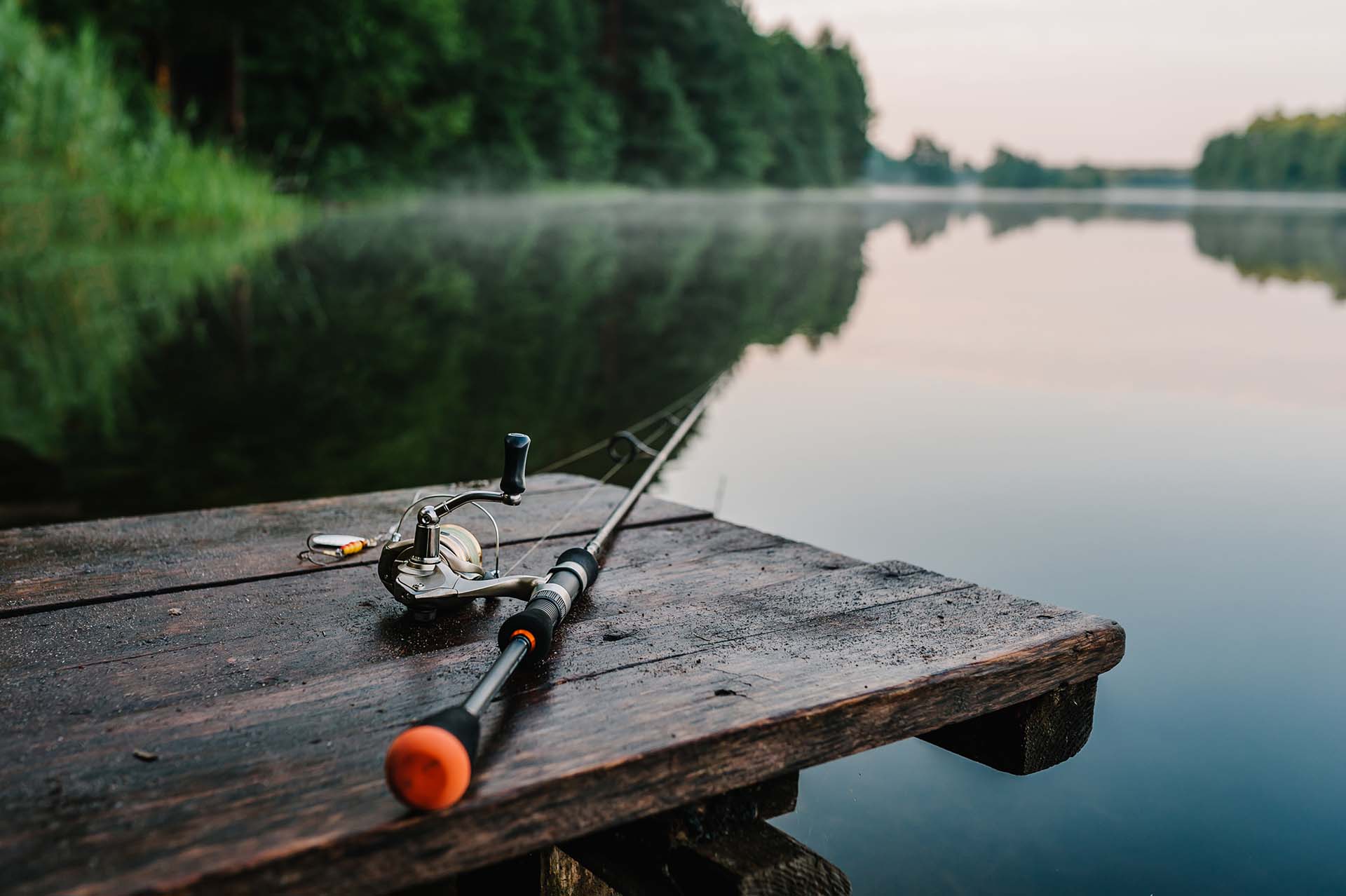
The Anatomy of Spinnerbaits and Their Key Components
Diving into the intricacies of spinnerbait design, we’ll dissect the purpose and variations of its key elements. Understanding the role of each component is the first step in mastering this item and maximizing its features to your advantage. Let’s explore how these elements work in harmony to entice and hook your target species.
| Component | Function | Variations |
|---|---|---|
| Blades | These metal elements create flashes and vibrations underwater, imitating the flickering movements of prey and attracting fish from a distance. | Willow, Colorado, Indiana blades, etc. |
| Skirts | They are made of rubber or silicone strands that resemble the fins and tails of baitfish, adding lifelike movement and visual appeal to the lure. They also help in creating a larger profile. | Various colors, lengths, and materials. |
| Hooks | Hooks are strategically positioned on the lure to secure the fish when it strikes. They come in various shapes and sizes, allowing anglers to customize their lures for different species and angling conditions. | Single, double, treble hooks, different hook sizes, and materials. |
| Head | The head of the lure can be shaped differently, affecting its depth and movement. Round heads are versatile, while flat heads provide a more erratic action. | Round, flat, bullet-shaped heads, etc. |
Understanding Spinnerbait Behavior and the Intricacies of How They Attract and Engage Fish
In the realm of angling, success hinges on more than just the components of these lures. Join us as we dive deeper into their behavior and explore the underwater dance that they perform in the list below.
- Motion – their motions resemble the natural movements of baitfish or injured prey, which makes them so effective in attracting predatory fish,
- Vibrations – these vibrations travel through the water, serving as a signal to nearby fish that something potentially edible is in the vicinity. The vibrations act as a dinner bell, drawing in curious and hungry predators,
- Flash and shine – this flashiness is a visual attractant, especially in clear water or during sunny conditions. It adds an extra layer of appeal to the lure, making it more convincing to fish,
- Triggering strikes – their trigger strikes by capitalizing on fish’s natural instincts. The lifelike attributes mentioned above mimic the behavior of prey in distress, triggering a predatory response from fish.
Understanding this psychology is key to effectively unlocking a powerful tool in your angling arsenal.
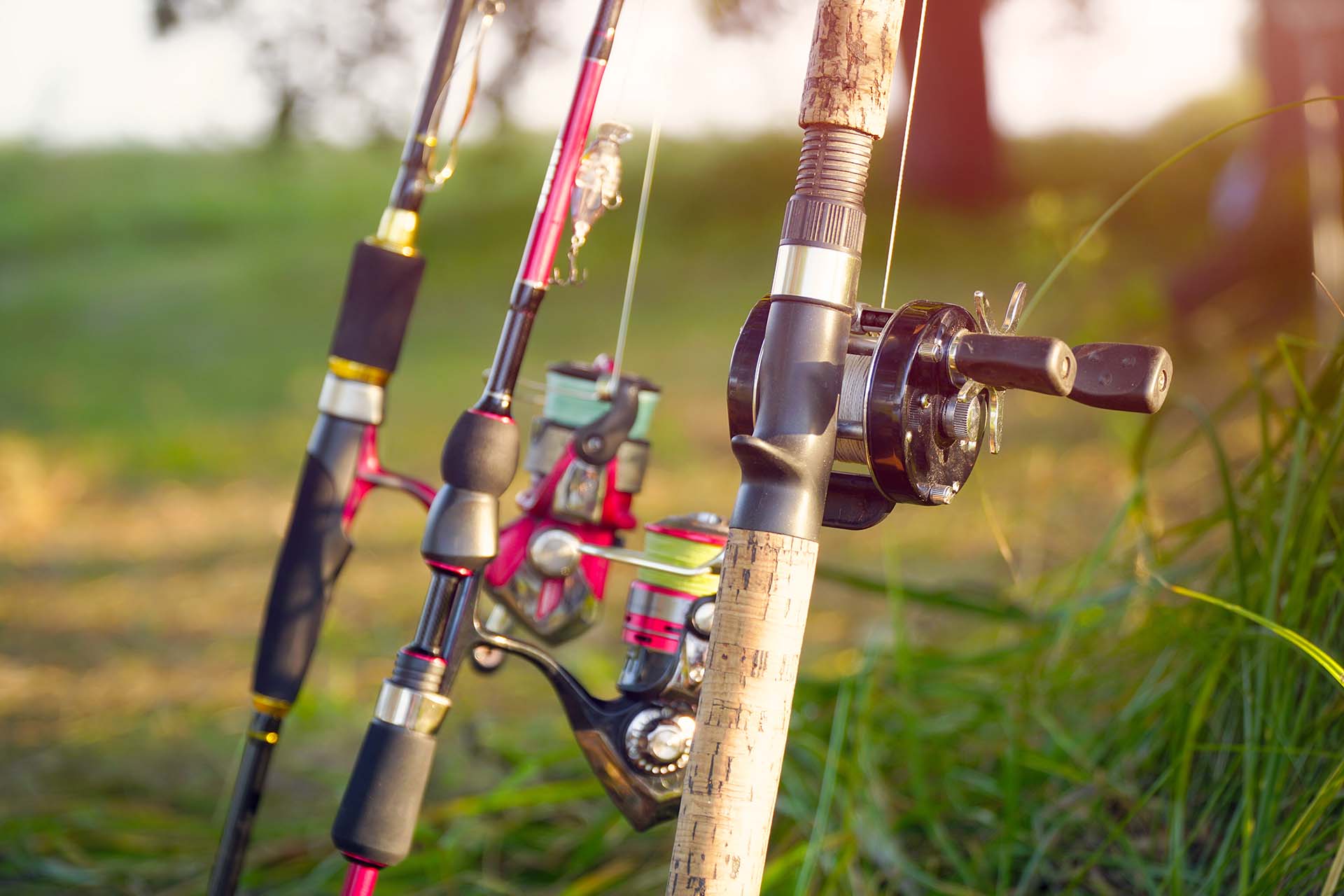
Target Species and Ideal Spinnerbait Fishing Spots
These lures are celebrated for their lifelike movements and captivating flashes. They are a top choice among anglers pursuing a diverse range of fish species. From the renowned largemouth and smallmouth bass to the fierce northern pike, chain pickerel, and tenacious bowfin, spinnerbaits have consistently proven their mettle.
You should know that they excel in murky waters or during low-light conditions characterized by submerged weed beds, stumps, and rocky regions. Where they mimic the prey these predatory species can’t resist. Spinnerbait bass fishing, in particular, has garnered widespread acclaim, becoming synonymous with thrilling angling adventures on these gamefish.
Choosing the Right Spinnerbait for Specific Species and Locations
Each fish species and fishing environment may require a tailored approach when choosing the right bait. Factors such as blade type, size, color, and skirt design can all influence a fish’s willingness to strike. Additionally, the water conditions, including clarity and depth, play a significant role in selecting the ideal lure for the job.
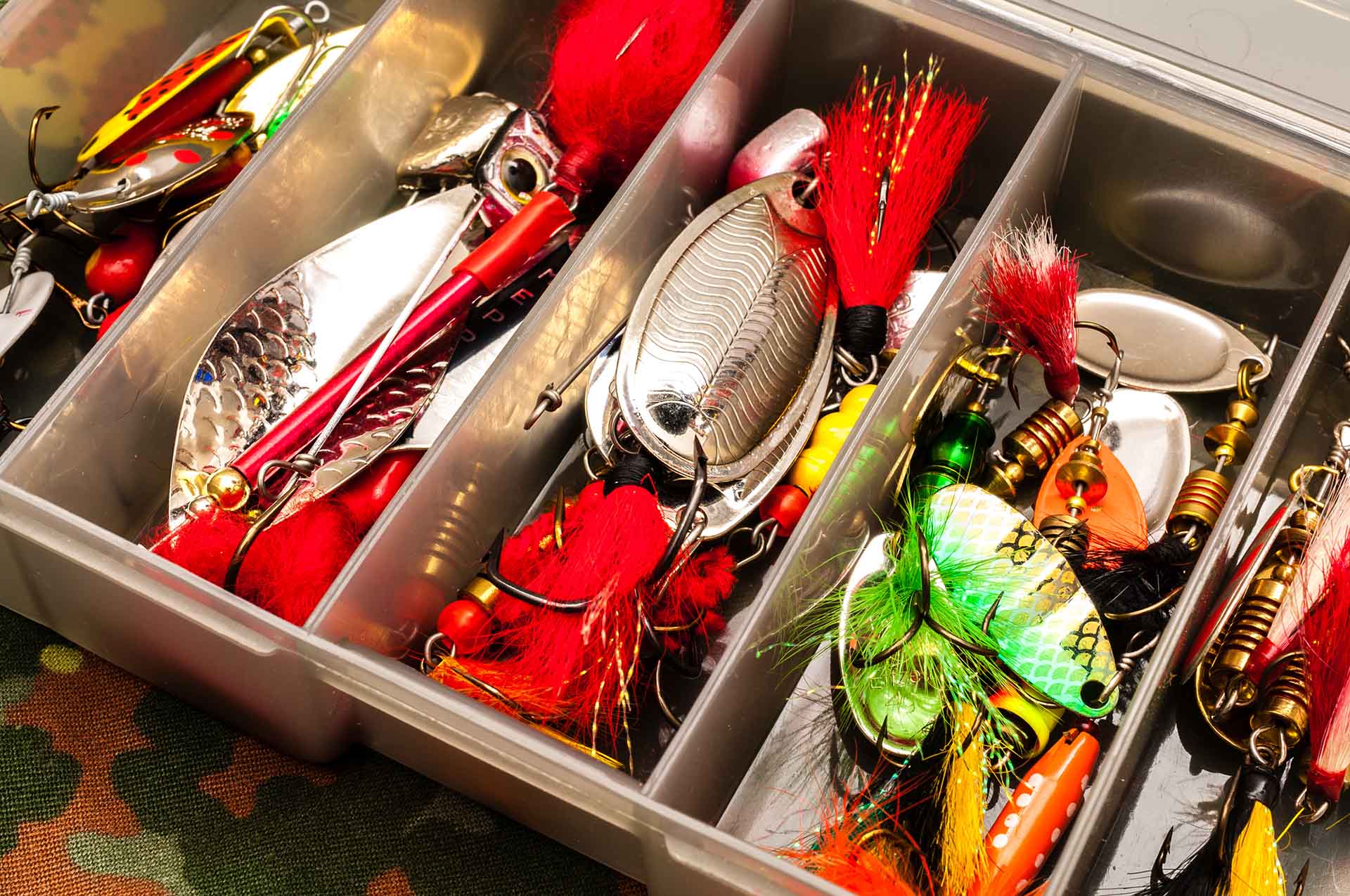
Spinnerbait Fishing Techniques – From Slow-Rolling to Burning, Expert Tips for Effective Angling
This type of angling offers a diverse range of retrieval techniques that can be adapted to various scenarios. Anglers can experiment with techniques like slow-rolling, which keeps the lure in the strike zone for longer, enticing cautious fish.
On the flip side, burning involves a speedy retrieve, triggering aggressive strikes from predatory fish. For those seeking versatility, yo-yoing presents an option to vary the bait’s depth and movement.
Follow Our Additional Tips and Tricks for Successful Spinnerbait Fishing
To enhance your success, consider experimenting with different blade combinations and colors to match local forage species and water conditions. Attach a soft plastic trailer to your lure for added action and realism.
Vary your retrieval speed and style to adapt to fish preferences. Target cover and structure where fish often hide. Also, these lures aren’t just for specific seasons, as they can work year-round in the right conditions.
Delve Into the Science of Fish Attraction and Sensory Perception
Fish are drawn to spinnerbaits due to their ability to mimic injured prey. The spinning blades provide visual cues, imitating bait fish scales, while the rhythmic thumping sound generated underwater serves as an auditory cue.
The vibrations created by the blades and the lure’s movement can be detected by fish through their lateral lines, helping them locate potential prey. Understanding these sensory cues and adapting your presentation accordingly can significantly improve your angling success.
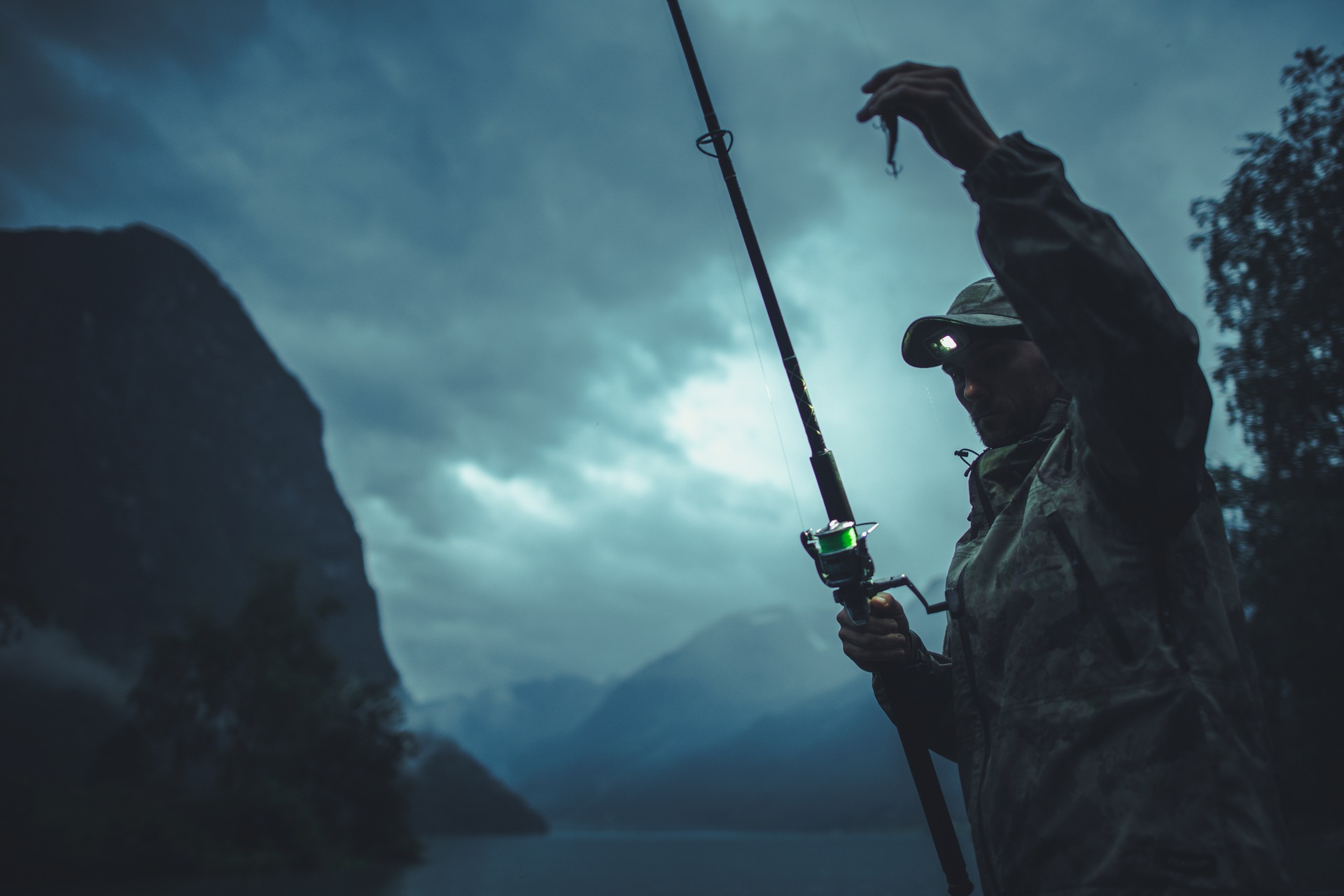
Spinnerbait Modifications and Customization
Anglers can significantly enhance their angling success by delving into modifications and customization waters. These modifications allow anglers to tailor their lures to specific fishing situations and the preferences of their target species.
One key aspect of customization is changing the blades – selecting between willow blades for increased flash and vibration or Colorado blades for a more deliberate thump. Moreover, skirt customization can change the lure’s profile, mimicking different types of prey. Adding soft plastic trailers further augments its allure by enhancing its appearance and action.
Another critical element of customization involves the type of head used. Two common head types are the “bullet” and “flipping” heads. The bullet head is streamlined and excels in cutting through vegetation and deflecting off cover, making it ideal for covering open water and fast retrieving. On the other hand, the flipping head is more rounded and bulky, designed for slow, meticulous presentations in dense cover or when flipping and pitching.
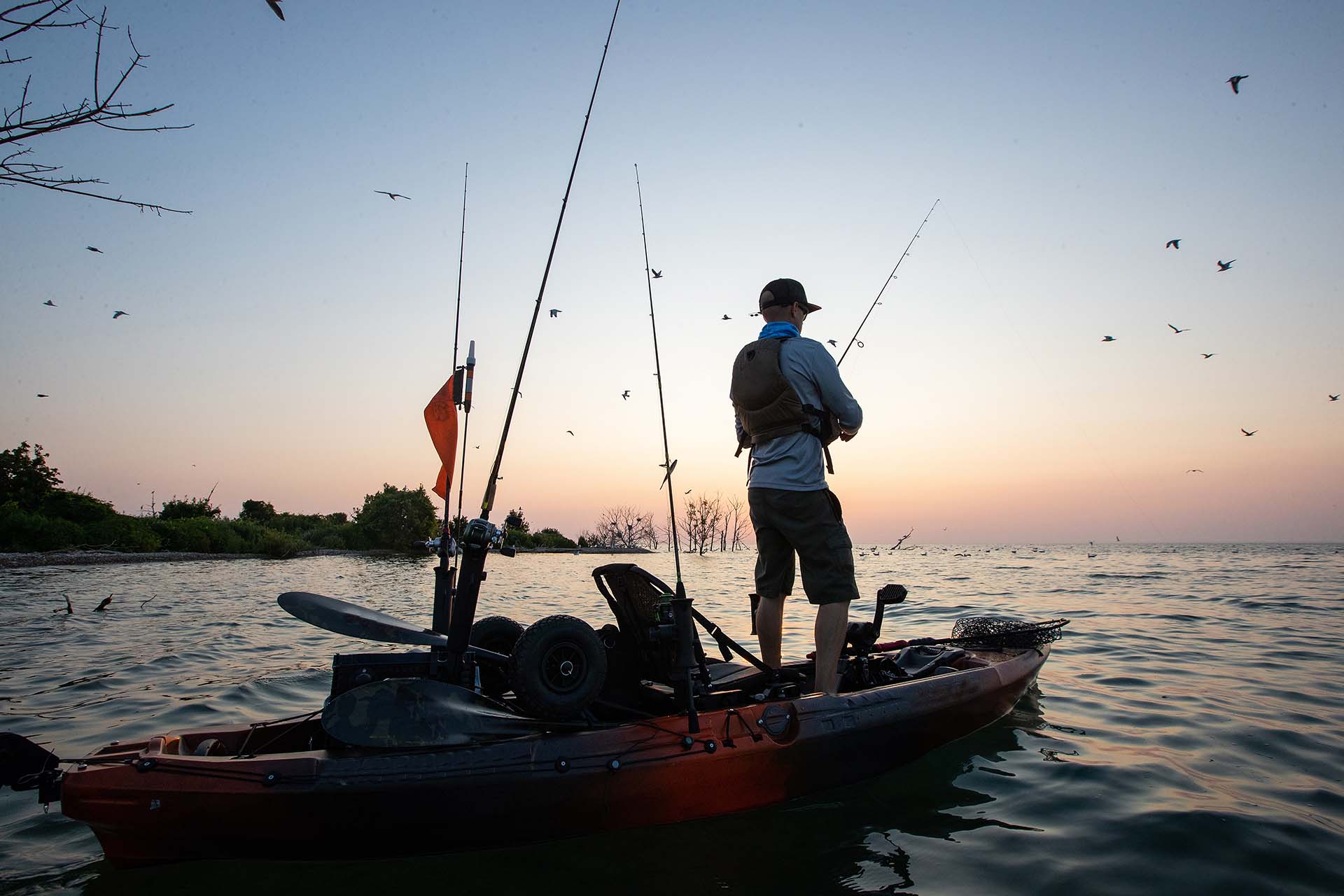
How These Modifications Can Improve Your Success Rates
These nuanced modifications constitute a sacred repertoire, offering disciples of the angler’s craft a means to transcend the limitations imposed by fickle waters and elusive quarry. By meticulously calibrating weight, fortifying wire, enhancing scents, adding trailer hooks, and exploring diverse retrieve techniques, anglers establish a profound connection with their lures.
This bond transcends the ordinary, granting them the versatility needed to excel in the ever-evolving challenges of angling. Such communion results in heightened success rates across the ever-shifting tapestry of fishing scenarios. Embodying the age-old axiom that mastery of one’s tools is the harbinger of victory in the piscine realm.

Tackle and Gear Essentials for an Exceptional Angling Experience
Tackle and gear essentials are the backbone of an exceptional angling experience, ensuring that every trip is both productive and enjoyable. When it comes to spinnerbait fishing, selecting the right rod, reel, and line setups is crucial for success.
A medium-heavy to heavy action angling rod, typically ranging from 6′ 6″ to 7′ 6″ in length, pairs excellently with a baitcasting reel or high-quality spinning reel, catering to angler preference and skill level. Braided or fluorocarbon angling lines in the 10-20 lb test range offer the sensitivity and control needed for spinnerbait techniques, maximizing their potential to land that trophy catch.
Matching the Tackle to the Size of the Spinnerbait Is a Must
The size and weight of your lure should align with your choice of rod, reel, and line. For smaller lures, such as 1/4 to 3/8 ounce, a medium-power rod with a faster action can provide the necessary sensitivity to feel light strikes and control during the retrieve. Pair it with a compatible reel and lighter line in the 8-12 lb test range for finesse presentations.
Conversely, when using larger, heavier lures exceeding 3/4 ounce, opt for a medium-heavy to heavy-power rod, a sturdy baitcasting reel, and a heavier line in the 12-20 lb test range. This harmonious tackle setup ensures efficient casting, control, and hook-setting power, allowing you to handle lures of various sizes with precision and confidence.
Maintain and Check Your Lures Regularly for Optimal Performance
Neglected gear can lead to unexpected breakdowns or diminished performance when you least expect it, potentially spoiling a great day on the water. To keep your lures in top shape, clean them thoroughly to remove dirt, algae, and residual fish scent.
Check for any signs of damage, like chipped paint or bent hooks, and make the necessary replacements or repairs. Additionally, sharpen or replace hooks as needed to ensure reliable hooksets to prolong their life and maintain their effectiveness.
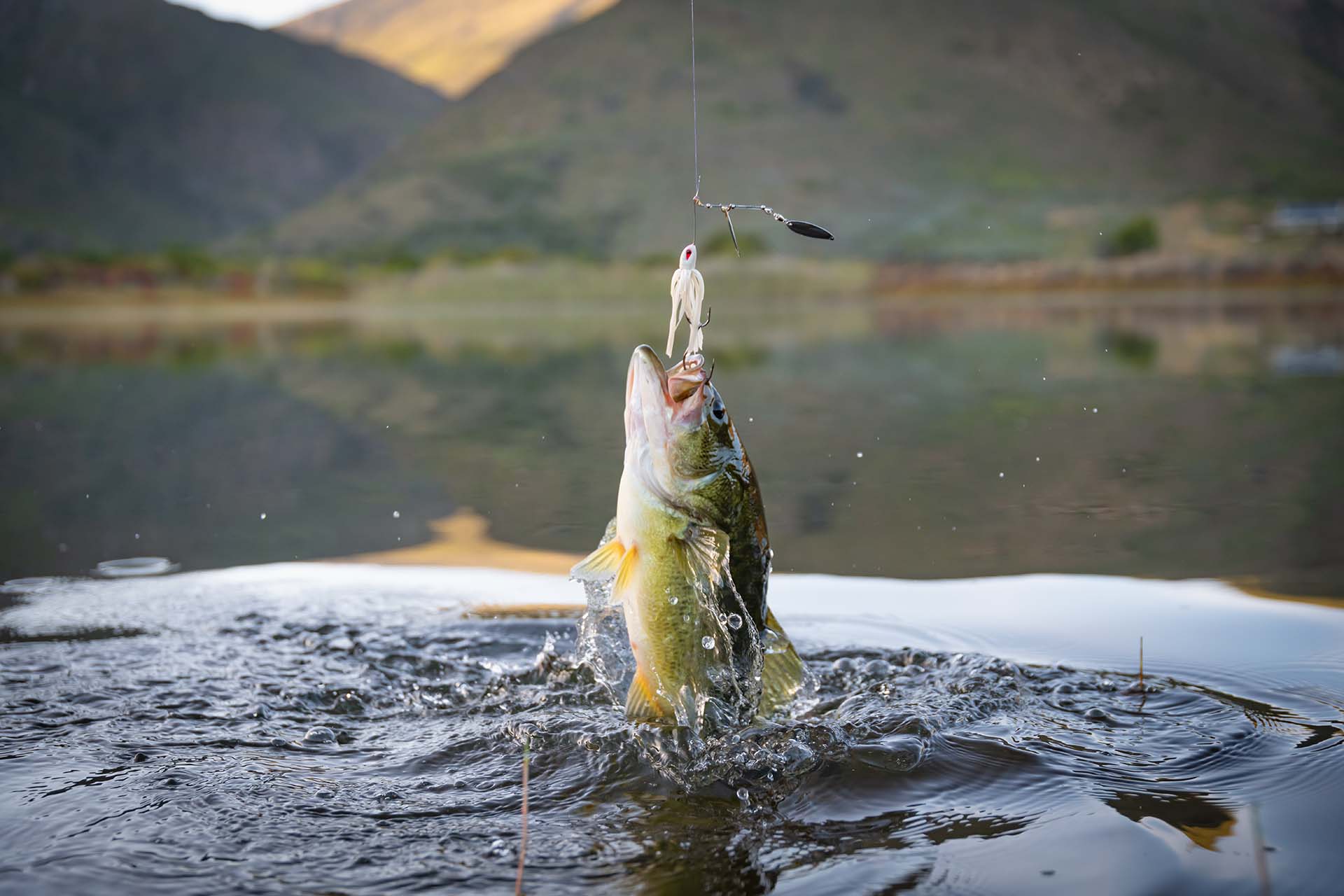
Use Environmentally Friendly Materials for Responsible Fishing
Anglers can reduce their ecological footprint by selecting lures made from environmentally friendly materials that minimize pollution and harm to aquatic habitats. Additionally, when modifying or customizing lures, consider using biodegradable or lead-free components to mitigate the potential for environmental contamination.
Responsible lure disposal is equally important as disposing of damaged or worn-out lures properly prevents litter and ensures they don’t end up as hazards in aquatic environments.
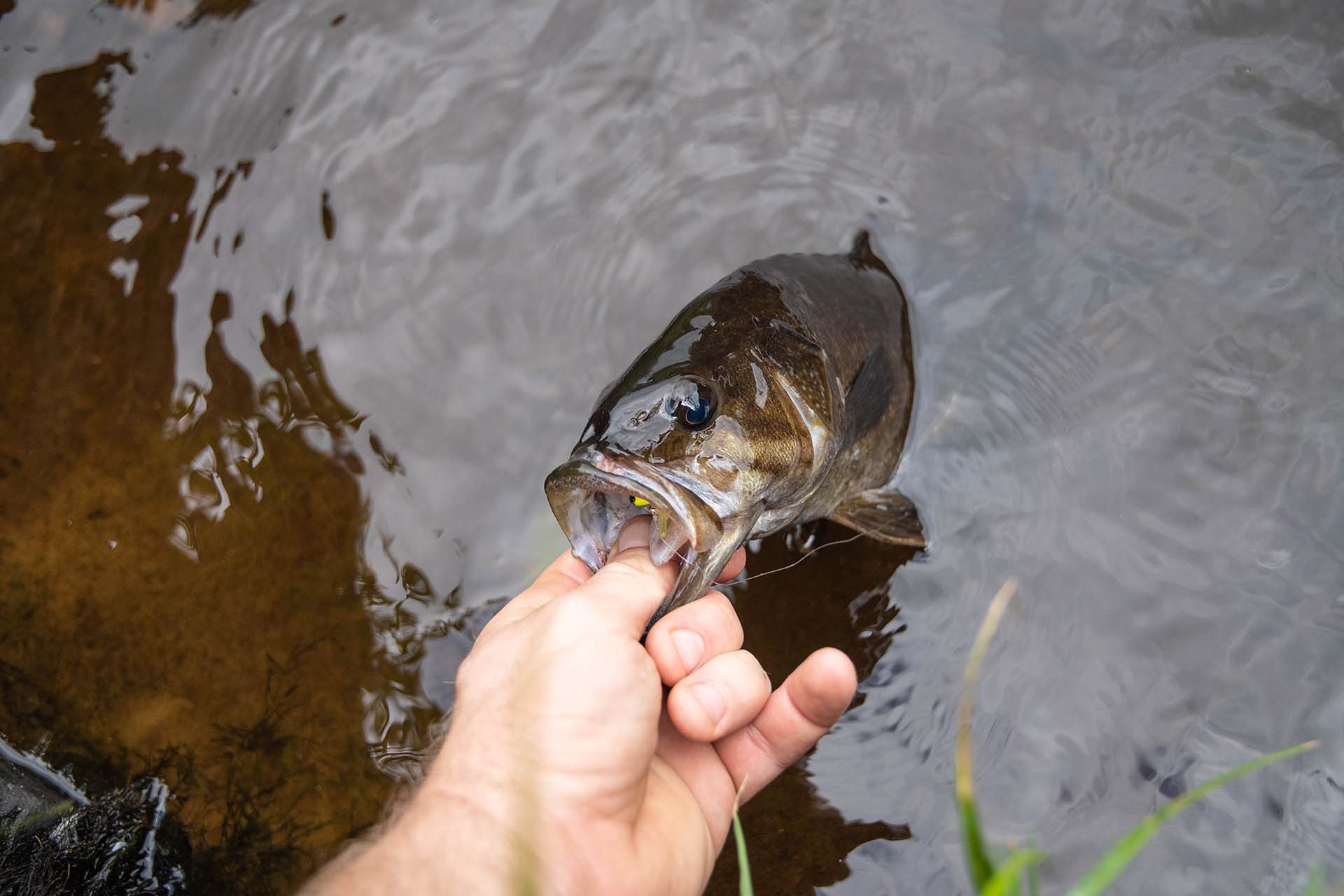
Harmonize the Art and Science Behind Spinnerbait Fishing for an Enriching Angling Experience
In the pursuit of spinnerbait fishing, finding the perfect balance between art and science is the gateway to an enriching angling experience. It’s a dance of finesse and knowledge, where every cast becomes a brushstroke on the canvas of water, and every retrieve is a calculated symphony of motion.
This harmonious blend of creativity and understanding elevates angling from a mere sport to a soul-enriching endeavor, fostering a deep connection with nature’s mysteries. As you cast your lure and feel the vibrations, remember that it’s more than just bait. It’s a bridge that connects your passion, skill, and utmost respect for the aquatic world and its longevity.


